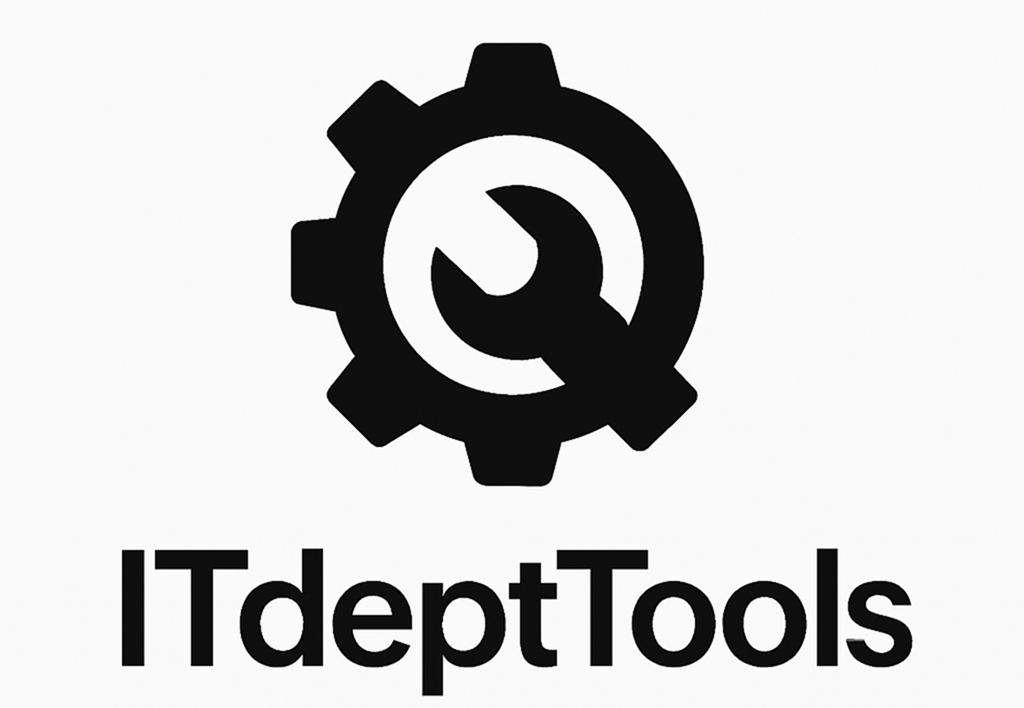EventSentry Light: Quietly Watching What Windows Won’t Tell You
Here’s the thing. Windows does log a lot — errors, services stopping, failed logons, disk warnings — it’s all in there. But unless you’re sitting in Event Viewer all day, you won’t see it coming. That’s where EventSentry Light pulls its weight.
It’s not bloated. It’s not trying to upsell you on a cloud dashboard. It just installs quietly, starts watching key parts of the system, and sends a message when something’s off. Failed login attempts? Service just died? Disk creeping toward full? You’ll know — without having to hunt for it.
It’s the kind of tool you install once, and forget — until it catches something.
So What Does It Actually Do?
| Function | How It Helps |
| Event Log Monitoring | Picks up Windows event logs and matches them against filters you define |
| Service Watchdog | Tracks critical services — restarts, stops, unexpected exits |
| Basic Perf Tracking | CPU, RAM, disk space — useful for slow creep issues |
| File Integrity Checks | Optional file/folder change detection |
| Syslog Forwarding | Sends selected events to your SIEM or centralized log setup |
| Email Alerts | Custom conditions = custom alerts — nothing fancy, just what matters |
| Process Monitoring | Logs new processes — command line, parent ID, timing |
Where You’d Actually Use It
EventSentry Light makes the most sense when:
– You need visibility into a few key Windows machines — maybe file servers, maybe DCs
– There’s no budget for a full SIEM or cloud-based agent
– You want to ship logs to something like Graylog or ELK, but without extra agents
– You’re dealing with auditors and need at least minimal proof of monitoring
– You’re troubleshooting something that “randomly” fails once a month
System Requirements (Nothing Exotic)
| Requirement | Notes |
| Supported OS | Windows 10/11, Server 2008 and newer |
| Memory | 100MB or less, most of the time |
| Disk | ~150MB install, plus whatever logs you write out |
| Admin Rights | Needed only at install — not for daily use |
| Internet | Optional — email and syslog can work locally or outbound |
| Dependencies | None. Installs everything it needs |
Quick Setup (Standalone Host Example)
- Get the installer:
Go to https://www.eventsentry.com/downloads. Choose the “Light” version — no license needed.2. Run the installer:
It’s a GUI installer. No surprises. During setup, select local monitoring and opt out of commercial features.3. Configure events and alerts:
Open the EventSentry console.
– Create a package for Event Log monitoring
– Add basic service checks (DNS, DHCP, AV, etc.)
– Enable CPU/disk thresholds (e.g., alert at 90%)
– Set up email or syslog notifications4. Start the agent:
From now on, it runs as a service. Logs go where you tell them.
What It Gets Right — And What’s Missing
What works:
– Reliable notifications for the stuff you care about (not noise)
– Fast to deploy — works out of the box with sane defaults
– Syslog output lets you tie it into bigger setups
– Doesn’t force cloud, internet, or accounts
Things to know:
– No web interface in the free edition — config is done via MMC console
– One-machine focus unless you build centralized collection manually
– Some features (e.g., hardware inventory, AD monitoring) are paid-only
– Alerting depends on your SMTP or syslog endpoint working properly
Final Word
EventSentry Light doesn’t scream for attention. It doesn’t load you up with charts or fancy graphs. What it does is keep an eye on your Windows boxes — the event logs, the services, the creeping issues you might miss — and lets you know when something changes. If you need clean, reliable monitoring without handing over your logs to someone else’s server… it’s a solid, underrated choice.







